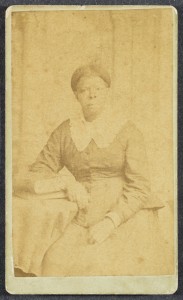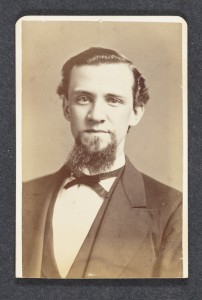
The cartes-de-visite of the A.S. Williams III Americana Collection feature the work of about 1,100 unique photographers and studios. Due to the tendency of studios to not list specific photographers, as well as the Americanization of some European names, the actual number is likely slightly lower. With significant and impressive exceptions, the collection holds an average of three examples of each studio’s work. Taken as a whole, the cartes-de-visite provide a rich cross-section of southern photography over the second half of the nineteenth century.
The largest bodies of work, shown above, provide a unique opportunity for researchers to not only explore the work of a single studio or gallery, but to gain a glimpse of the residents in specific towns and cities. The cartes-de-visite allow scholars to examine what types of people purchased these inexpensive photographs and how they presented themselves to friends and family. In larger cities with several major studios, the cartes-de-visite provide a valuable view into nineteenth-century urban life.

For example, the cartes-de-visite holds an impressive amount of work from C.R. Rees. The Williams Collection includes seventy-three photographs taken either by Charles Richard Rees or his employees. Born to German immigrants in Allentown, Pennsylvania, Rees first established a photographic studio in Richmond, Virginia in 1851. After a brief attempt in the mid-1850s to open a gallery in New York City, Rees and his family returned to the area and established themselves as fixtures in Richmond and nearby Petersburg (D.A. Serrano, “Southern Exposure: The Life and Times of C. R. Rees & Co,” Old Photographic: The Online Vintage Photographic Magazine (blog), accessed December 1, 2014). After his studio burned in April 1865 along with the rest of Richmond, Rees reopened and continued working in the area until at least 1880 (Photography in Virginia, 65). The collection features examples from throughout his career and spans several different partnerships, studios, and galleries. Through the photographs of C.R. Rees and other similarly prolific photographers, researchers can investigate the photographic techniques of individuals studios and see the types of customers drawn to these establishments.